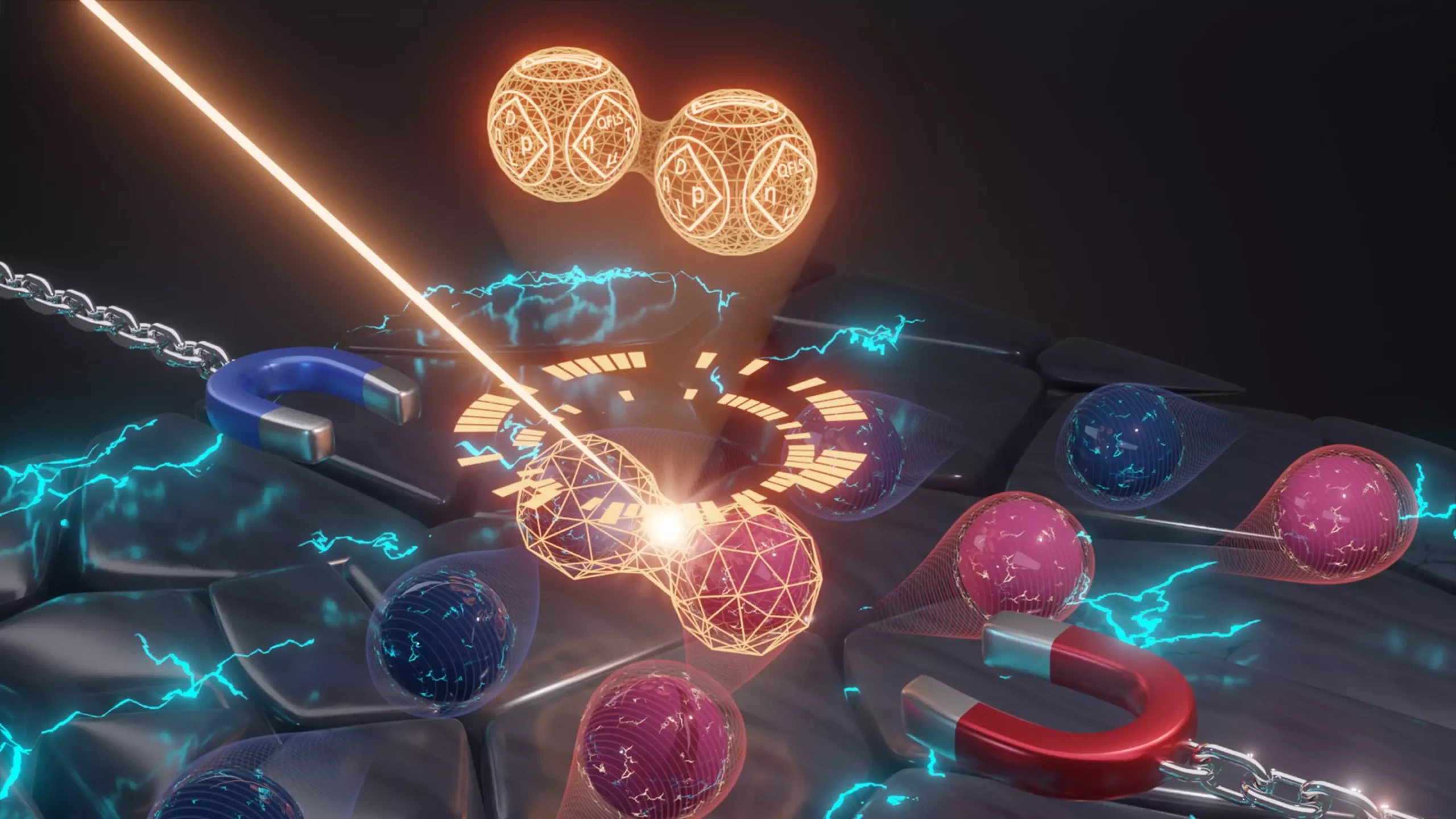In the world of optoelectronic applications, such as solar cells, researchers constantly seek new methods for efficient material characterization. Recently, a physicist at HZB has developed a groundbreaking technique known as the “Constant Light-Induced Magneto-Transport (CLIMAT)” method. This method enables the comprehensive characterization of semiconductors in a single measurement, saving valuable time in assessing new materials for various applications.
The Significance of Semiconductors in Devices
Solar cells, transistors, detectors, sensors, and LEDs rely on semiconductor materials for their operation. These materials release charge carriers when exposed to light, enabling the functionality of these devices. Understanding the transport properties of both negative and positive charge carriers is crucial for optimizing the performance of these applications.
Dr. Artem Musiienko, as part of his Maria Skłodowska Curie Postdoctoral Fellowship, devised the CLIMAT method to revolutionize the characterization process of semiconductors. By utilizing the Hall effect, this method can simultaneously record 14 different parameters of transport properties for both types of charge carriers in a single measurement.
CLIMAT involves applying a magnetic field vertically through the sample and a constant light source for charge separation. The charge carriers move along an electric field and experience deflection by the magnetic field perpendicular to their direction of movement, based on their properties. By analyzing the signals produced, researchers can extract valuable information about the mobility, diffusion lengths, and lifetime of the charge carriers.
Read More: The Challenges and Opportunities of Simulated Mars Missions
Applications and Implications of CLIMAT
The broad applicability of the CLIMAT method has been demonstrated through the characterization of twelve different semiconductor materials, including silicon, halide perovskite films, organic semiconductors, semi-insulators, and nanoparticles. This method has the potential to accelerate the evaluation of new semiconductor materials for various optoelectronic applications.
Independent experts, such as Prof. Vitaly Podzorov from Rutgers University, have praised the CLIMAT method for its efficiency and comprehensive insight into charge transport mechanisms. The method has been rated highly in prestigious journals and has even received approval for patenting. Negotiations are currently underway for the commercialization of the CLIMAT method, with the aim of developing a compact measuring device for widespread use.
The development of the CLIMAT method represents a significant advancement in the field of semiconductor characterization. By offering a comprehensive view of the transport properties of both positive and negative charge carriers in a single measurement, this method has the potential to streamline the assessment of new semiconductor materials for optoelectronic applications. The future looks promising for the CLIMAT method, as it paves the way for faster innovation in the development of advanced electronic devices.


Leave a Reply